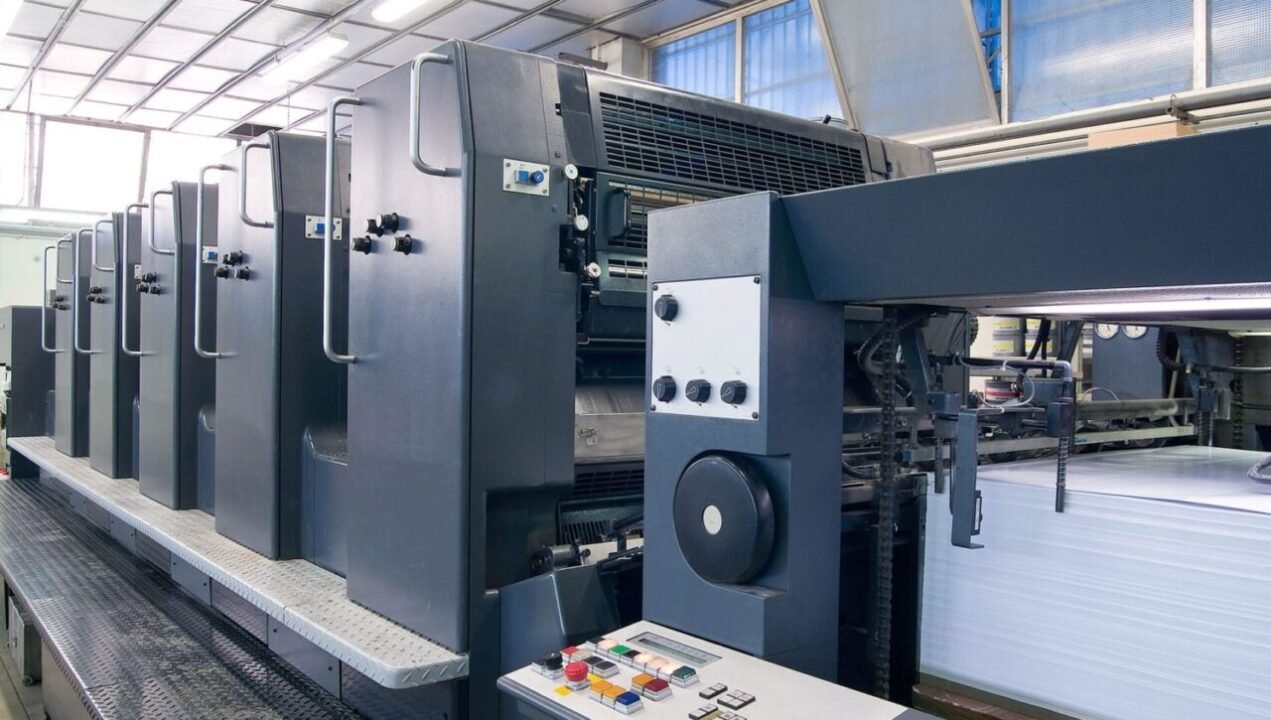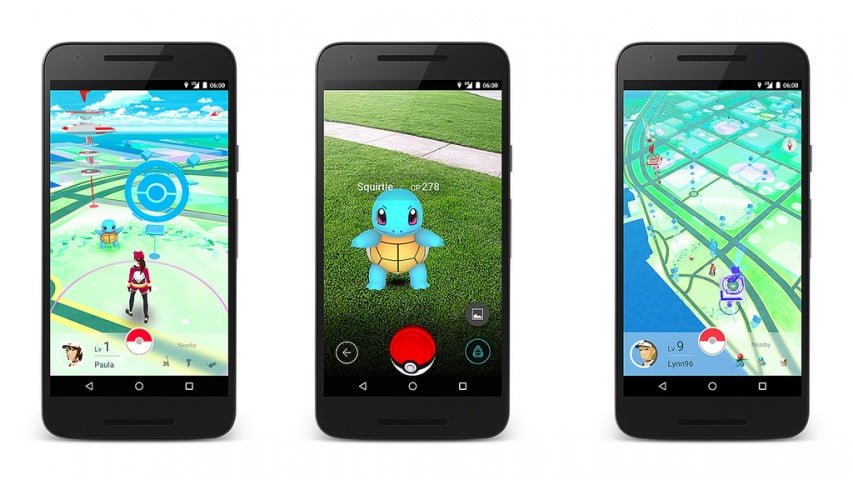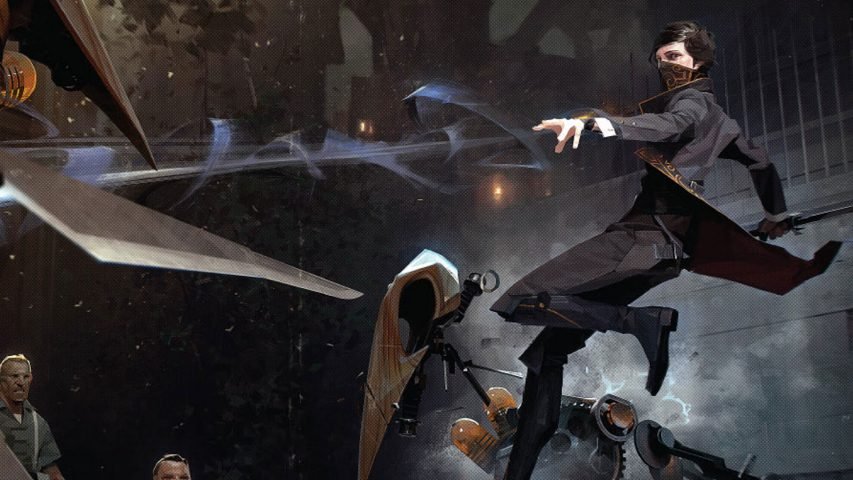Choosing the right printing format can be just as powerful an impact to your end communication product as the paper used. Different printing format have strengths and weaknesses, but many folks are not fully aware of the variations until they seen the final product in front of them. Unfortunately, sometimes this results in big mistakes when folks realize what they ordered was not what they expected. For the procurement or duplication manager, its essential to understand how lithographic printing differs from digital printing to avoid this conundrum. It not only affects the output quality, but the difference also affects the timing schedule of delivery as well as the overall project cost too.
Between the two, digital and litho printing are viable choices for paper production jobs, but how they go about that process can make a big difference for a client. In short, digital printing is very similar to what one can do in the office with computer and desk printer equipment, just on a larger scale. Lithographic printing, on the other hand, involves specific plate setups for each image to be produced, and those plates then get used to handle the production run, transferring the image to paper accordingly, similar to how a photo negative makes a photo print.
Production Size
If your job is going be in the 100,000s of copies, digital printing is not going to work well. Instead, litho printing will be faster and more cost effective overall. That’s because digital printing presses are generally designed for smaller jobs in the neighborhood of 10,000 to 15,000 copies at the max. Digital printing works very well for sampling, small runs, jobs that require a lot of variability with the print data and changing specs. However, where the job stays the same, has a very large size output demand and involves singular images, the litho printing and plate approach makes a lot more sense, both in timing of output as well as cost.
Paper Choices
If your job is looking for general office paper output, digital printing will work fine. But this universe is limited in terms of the paper stock that can be used with digital printing presses. In many ways, it is again very similar to what paper one can use in the office. If, on the other hand, your job needs a wider choice of paper and surface material, such as magazines or outside signs, or newspaper print, then litho printing is going to be your friend. Litho printing has a wider range of paper that can be used as well as ink types that work with those materials.
Dimensions
Digital printing size options tend to be limited and smaller, simply put. Litho printing can get as a big as B1 or B2 size documents or products, depending on the equipment available.
Timing and Turnaround Schedule
Litho printing takes longer mainly because the printing plates have to be designed and set up first. That can be costly and expensive if lots of changes are involved. Digital printing, in comparison, can do prototypes, proofs, and changes on the fly, producing differences in minutes. Because the setup is literally in the computer and tweaked on a file, the turnaround with digital printing is much faster than that for litho.
Detail and Proofing
Digital printing allows for an easier viewing of high-detail aspects of a job, as well as producing higher clarity in the finished product. The test proof provided in the digital printing process is extremely accurate and provides the best choice for knowing what a production will look like before it is run. Litho printing does not work so well with proofs. The main challenge involves the plates having to be created which can be a waste if there is a problem found after the plate is made and tested. As a result, a lot of work goes into checking the image first before the plate is made to catch any mistakes or issues. Once the plate is produced, it tends to be treated as the “point of no return.”
Last Minute Spec Changes
Again, litho printing tends to get locked with the plate production, essentially forcing a new set of plates to be made if a change is required at the last minute. That can drive up the cost of a project beyond what was budgeted or expected. With digital printing, alternatively, tweaks and last-minute spec changes are doable and can be incorporated in a matter of minutes, assuming the details are clear and understood.
Working with Professional Help is a Smart First Step
Given how varied the pros and cons are between digital printing and litho printing, there is no one-size-fits all strategy that works for everyone. Many times, jobs are case-by-case, and the details of what is expected can shift a strategy from one to the other. For example, if one wants an office type document but needs 300,000 copies and can wait a few weeks. Litho printing might be better if there are no further changes to the source file. On the other hand, if the package is needed in two weeks and last-minute changes are expected on some of the pages, digital printing has to be the way to go, even with a sizable job. Otherwise, the deadline will not be met. Given the above variability, working with a 45-year professional team at Custom Printing, an industry leading commercial printing company. It’s not just smart, it is practical and goal-oriented as well. Custom Printing has been providing printing services for customers small and large for decades, dealing with all types of printing formats, colors, sizes, and job specs for years. If you know you have a complicated job, but you are not sure from the start what all your options are, then the best place to start is with Custom Printing, going over your job specs and what your options are that can work. From there, you can make strategic choices that work best for your job, your deadline, and your budget. The value of experience in the printing business is tremendous, and it can easily avoid the dreaded mistake scenario that only gets discovered when the production arrives in boxes. Don’t be a statistic; work with Custom Printing to get your next job printed right from the start.




